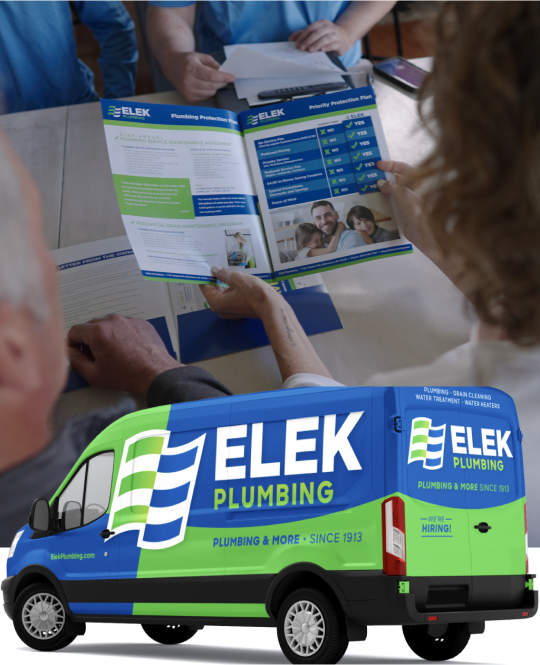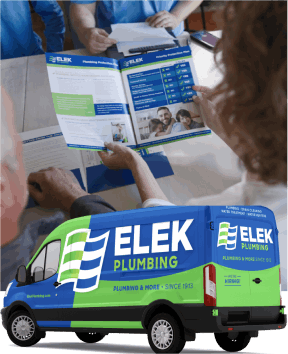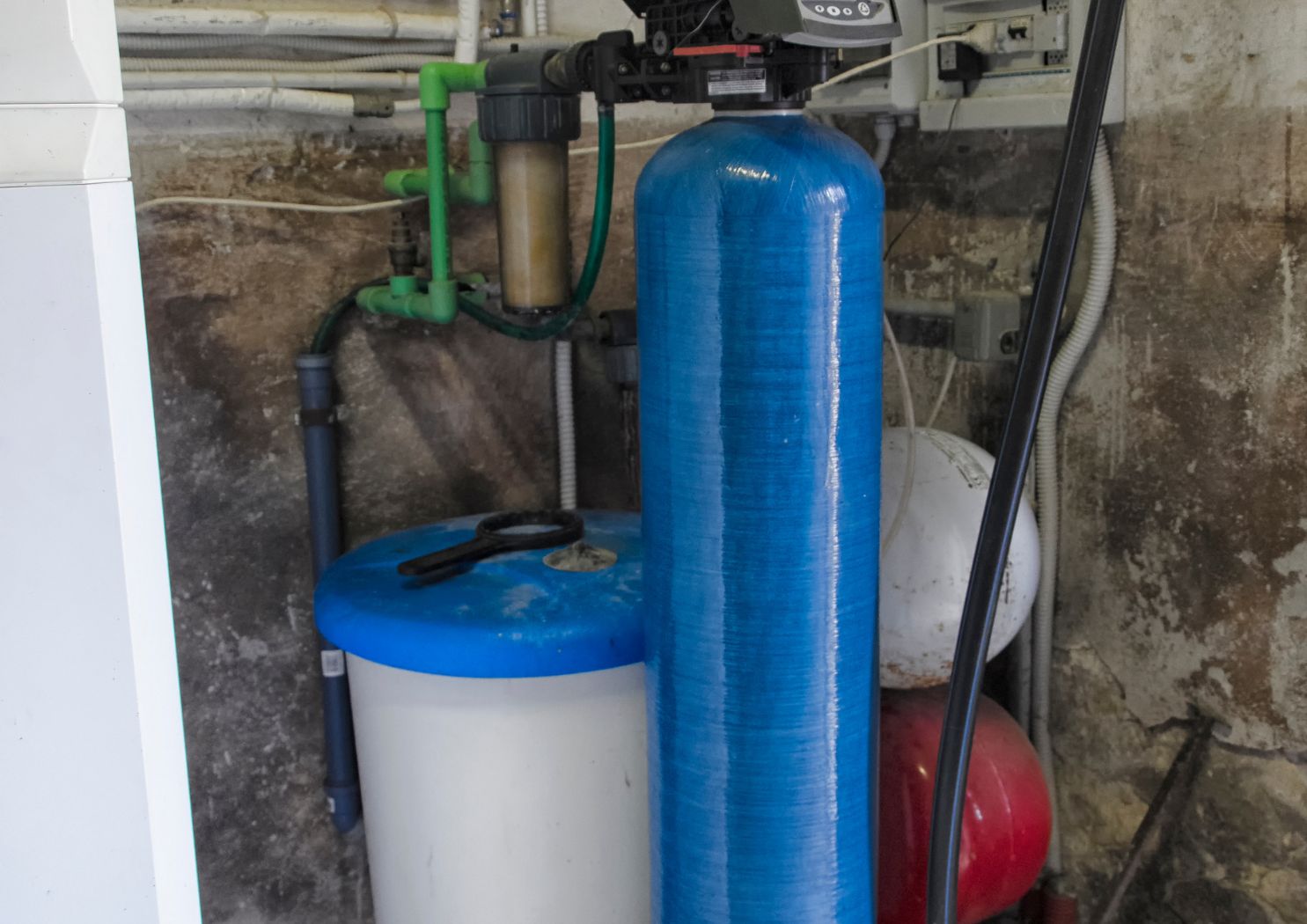What is a Sump Pump and Do I Need One?

Flooding and water damage are serious concerns for many homeowners, especially those with basements or crawl spaces. One effective solution to prevent water intrusion and protect your home is the installation of a sump pump. But what exactly is a sump pump, and do you need one? In this blog, we’ll explore the ins and outs of sump pumps, their benefits, and how to determine if a sump pump is right for your home.
What is a Sump Pump?
A sump pump is a device installed in the lowest part of your basement or crawl space, known as the sump pit. Its primary function is to remove excess water that accumulates in this area, preventing it from flooding your home. Sump pumps are essential for homes prone to water seepage due to heavy rains, high water tables, or plumbing issues.
How Does a Sump Pump Work?
The sump pump operates automatically, activated by a float switch or a pressure sensor. When water levels in the sump pit rise to a certain point, the pump turns on and directs the water away from your home’s foundation through a discharge pipe. This process helps keep your basement dry and reduces the risk of structural damage and mold growth.
Types of Sump Pumps
There are two main types of sump pumps, each with its own advantages:
- Submersible Sump Pumps:
- Installation: Placed directly into the sump pit.
- Design: Waterproof and designed to operate underwater.
- Noise Level: Generally quieter since they are submerged.
- Capacity: Typically more powerful and can handle larger volumes of water.
- Pedestal Sump Pumps:
- Installation: Positioned above the sump pit, with only the pump’s intake submerged.
- Design: Easier to access for maintenance and repairs.
- Noise Level: Louder due to being above ground.
- Capacity: Usually less powerful than submersible models but sufficient for smaller basements.
Do You Need a Sump Pump?
Determining whether you need a sump pump depends on several factors related to your home’s location, foundation type, and susceptibility to water intrusion. Here are some key considerations:
- Basement or Crawl Space Prone to Water Intrusion
If your basement or crawl space frequently experiences water seepage, a sump pump is a crucial investment. Persistent dampness can lead to mold growth, structural damage, and deterioration of personal belongings.
- High Water Table or Heavy Rainfall
Homes located in areas with high water tables or regions that experience heavy rainfall are more susceptible to basement flooding. A sump pump helps manage excess groundwater and prevents it from pooling around your foundation.
- Older Homes with Poor Drainage Systems
Older homes may have outdated or inadequate drainage systems that can’t effectively redirect water away from the foundation. A sump pump can complement these systems by actively removing water from the sump pit.
- Previous Flooding Issues
If your home has a history of basement flooding or water damage, installing a sump pump can provide an added layer of protection against future incidents.
Benefits of Having a Sump Pump
Investing in a sump pump offers several advantages for homeowners:
- Prevents Basement Flooding: By removing excess water, sump pumps keep your basement dry and free from flooding.
- Protects Foundation: Consistent water removal helps maintain the integrity of your home’s foundation, preventing cracks and structural issues.
- Reduces Mold and Mildew: Keeping your basement dry minimizes the growth of mold and mildew, promoting a healthier living environment.
- Safeguards Belongings: A dry basement protects your stored items, preventing damage from water exposure.
- Increases Property Value: A sump pump system can enhance your home’s resale value by demonstrating proactive water damage prevention measures.
Signs You Might Need a Sump Pump
Not sure if you need a sump pump? Look out for these signs that indicate it might be time to install one:
- Frequent Basement Dampness: Persistent moisture or dampness in your basement suggests that water is consistently entering your home.
- Standing Water: Regularly finding pools of water in your basement after rainstorms or snowmelts is a clear indicator.
- Musty Odors: A musty smell often points to mold or mildew growth, which thrives in damp environments.
- Efflorescence: White, powdery deposits on basement walls or floors indicate moisture seepage.
- Cracks in Foundation Walls: Visible cracks can allow water to enter and compromise your home’s structural integrity.
- Water Stains: Discoloration on walls or ceilings signifies that water is infiltrating your basement.
Installation Considerations
Installing a sump pump requires careful planning and consideration to ensure it operates effectively:
- Sump Pit Location: The sump pit should be located in the lowest part of your basement to capture as much water as possible.
- Proper Sizing: Choose a sump pump with adequate horsepower and capacity to handle the volume of water your basement receives.
- Discharge Path: Ensure the discharge pipe directs water at least 10 feet away from your home’s foundation to prevent it from re-entering.
- Backup Power Source: Consider installing a backup sump pump or a battery-powered system to ensure functionality during power outages.
- Professional Installation: While DIY installation is possible, hiring a professional can ensure the sump pump is correctly installed and integrated with your home’s plumbing and drainage systems.
Maintenance Tips
To keep your sump pump running smoothly and extend its lifespan, follow these maintenance tips:
- Regular Inspections: Periodically check the pump, float switch, and discharge pipe for any signs of wear or blockages.
- Clean the Sump Pit: Remove debris, dirt, and sediment from the sump pit to ensure the pump operates efficiently.
- Test the Pump: Test your sump pump monthly by pouring a bucket of water into the sump pit to ensure it activates and drains the water properly.
- Check the Discharge Pipe: Ensure the discharge pipe is free from obstructions and properly directs water away from your foundation.
- Replace When Needed: Sump pumps typically last 10-15 years. If your pump is nearing the end of its lifespan or showing signs of malfunction, consider replacing it to maintain optimal performance.
A sump pump is a valuable investment for homeowners looking to protect their homes from water damage and maintain a dry, healthy living environment. By understanding what a sump pump is, recognizing the signs that you need one, and ensuring proper installation and maintenance, you can safeguard your home against the detrimental effects of water intrusion. If you’re unsure whether a sump pump is right for your home, consult with a professional plumber or waterproofing specialist to assess your specific needs and recommend the best solution.
Protecting your home from water damage is essential, and a sump pump can play a critical role in that protection. Don’t wait until it’s too late—evaluate your home’s susceptibility to water issues and take proactive steps to ensure its longevity and safety.
Request Service


Water heaters last between 8 – 12 years on average when properly maintained. However, your water heater's life span depends on many factors, including the quality of the unit, its maintenance schedule, and the surrounding environment. If you’re unsure whether it’s time to replace your water heater, request a free estimate from our team.
Can well pumps be repaired, or do they need to be replaced? Can well pumps be repaired, or do they need to be replaced?In most cases, well pumps are not repairable. However, in some instances, all that’s needed is a bit of maintenance or a minor electrical fix to restore full system functionality. The only way to determine whether your well pump is salvageable is by having a knowledgeable plumber inspect the system.
Is it safe to use chemical drain cleaners? Is it safe to use chemical drain cleaners?Drain cleaning chemicals are highly toxic. These chemicals are unsafe for your family and pets and can damage your pipes, causing them to deteriorate prematurely. When stubborn clogs impact your system, the best solution is to hire a plumbing professional to clear the blockage.



